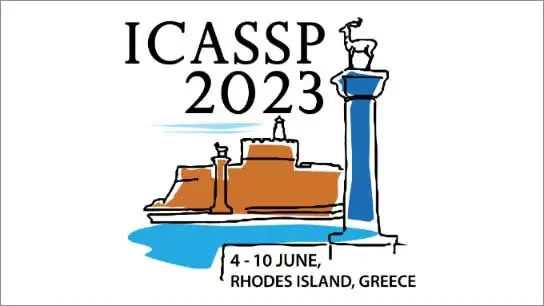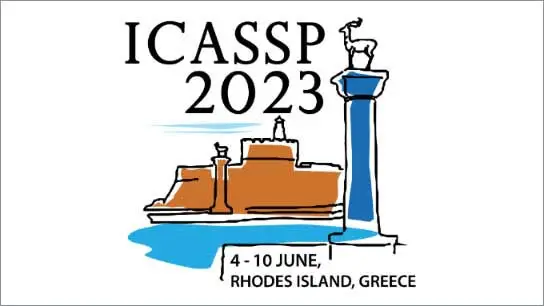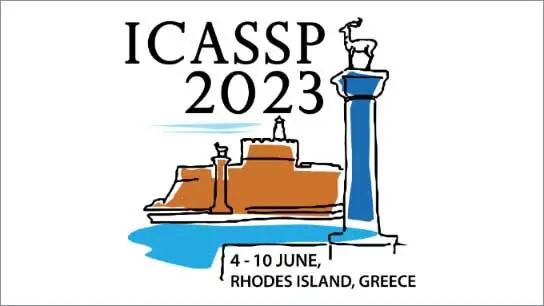DIRECTION AWARE POSITIONAL AND STRUCTURAL ENCODING FOR DIRECTED GRAPH NEURAL NETWORKS
Yonas A Sium (Iowa State University); Georgios Kollias (IBM Research); Tsuyoshi Ide (IBM Research, T. J. Watson Research Center); Payel Das (IBM Research); Naoki Abe (IBM Research); Aurelie Lozano (IBM Research); Qi Li (Iowa State University)
-
Members: FreeSPS
IEEE Members: $11.00
Non-members: $15.00
07 Jun 2023
We propose a novel method for computing joint 2-node structural
representations for link prediction in directed graphs. Existing ap-
approaches can be grouped into two families. The first group of methods
learn structural embeddings of individual nodes in the entire graph
through a directed Graph Neural Network (GNNs), and then combine
pairs of the encodings to get a representation for the respective node
pairs. Methods in the second group compute a representation of
the subgraph enclosing the two nodes by employing GNNs initialized with positional encodings and considering these as their potential
edge embeddings. Both families of link prediction techniques suffer
from considerable shortcomings: The former fails to differentiate two
distant nodes with similar neighborhoods; The latter, although prov-
ably appropriate for learning edge representations, adopt undirected
GNNs, positional encodings, and subgraphs, so the edge direction
signal is inevitably lost. Our proposal is also based on the idea of
enclosing subgraphs, but the subgraphs are assumed directed, and
directed Graph Neural Networks (GNNs) are used to learn their node
encodings and initial positional embeddings are direction-aware. Our
emphasis on capturing the direction of edges is reflected in superior performance in the link prediction task against baselines with
undirected GNNs on symmetrized enclosing subgraphs and existing
directed GNNs over a collection of benchmark graph datasets.



